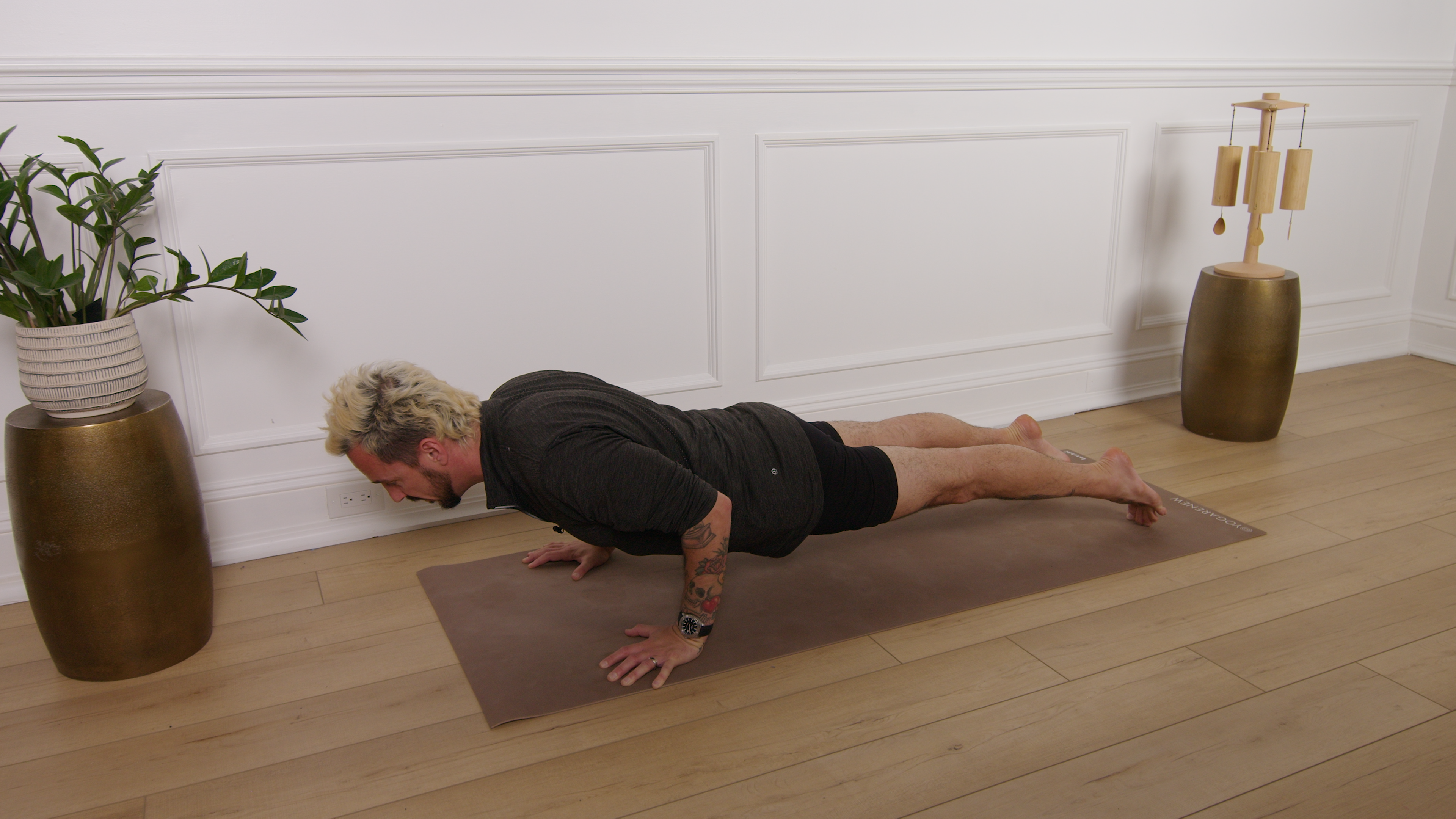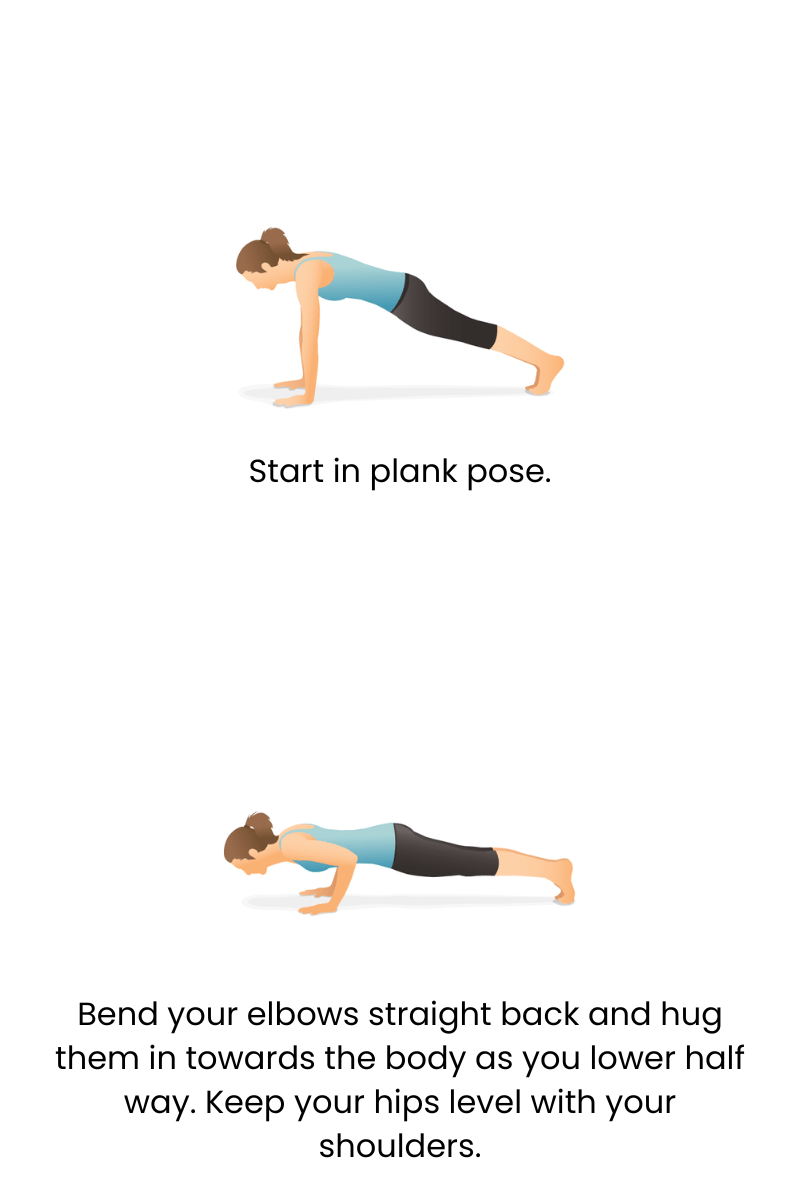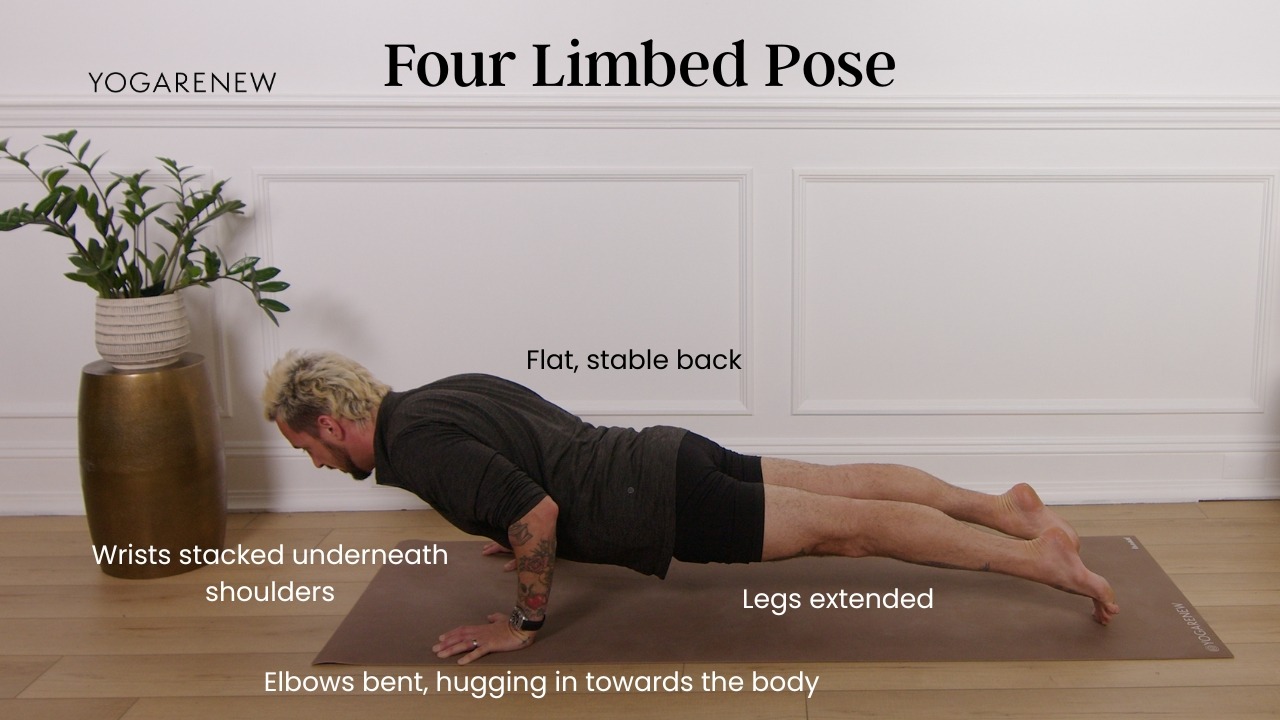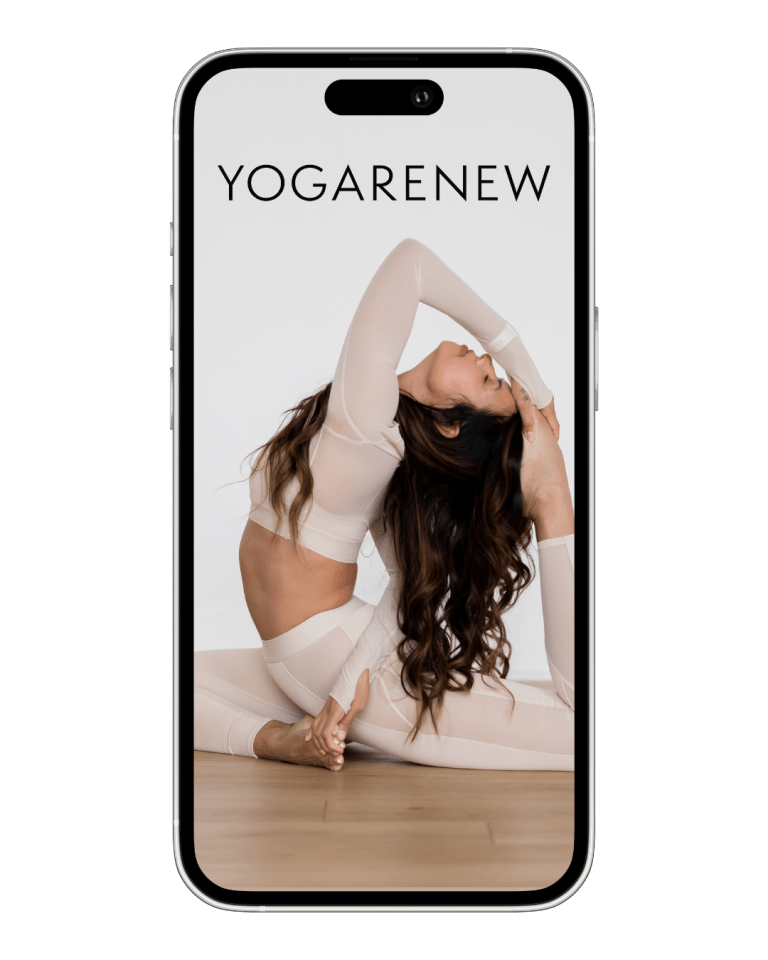What is Four Limbed Staff Pose?
English Name: Four-Limbed Staff Pose
Sanskrit Name: Chaturanga Dandasana (pronounced chah-too-RAHN-guh dahn-DAHS-uh-nuh)
Category: Arm Balance, Core Strength, Transition Pose, Intermediate

English Name: Four-Limbed Staff Pose
Sanskrit Name: Chaturanga Dandasana (pronounced chah-too-RAHN-guh dahn-DAHS-uh-nuh)
Category: Arm Balance, Core Strength, Transition Pose, Intermediate
Four-Limbed Staff Pose, or Chaturanga Dandasana, is a foundational arm balance and strength-building pose frequently used in vinyasa-style yoga practices. Often a transitional pose between Plank and Upward-Facing Dog, it teaches body control, upper body strength, and stability through the core. Though it appears simple, Chaturanga requires mindful alignment to prevent injury and build resilience.
This powerful posture strengthens the shoulders, triceps, and abdominals while cultivating discipline and inner focus. With regular practice, it enhances body awareness and prepares practitioners for more advanced arm balances and inversions.


1. Shoulder Injury or Weakness: This pose places strain on the rotator cuff and deltoids
2. Wrist Pain or Carpal Tunnel: Modifications or alternatives may be needed
3. Elbow Tendonitis: Avoid bending the elbows under load
4. Pregnancy (2nd and 3rd trimesters): May compress the abdomen
5. Lack of Core Engagement: Risk of spinal misalignment or back strain
Chaturanga Dandasana is a powerful and essential pose for building full-body strength, improving alignment, and learning controlled movement. It teaches stability, patience, and resilience. Though challenging, it’s a rewarding posture that supports safe transitions in vinyasa flows and prepares the body for more advanced yoga asanas and inversions. Mastering it leads to greater confidence and control on the mat.
Not exactly—Chaturanga emphasizes form, alignment, and stability with elbows close to the body, unlike a traditional push-up.
Your core might not be engaged or your hips may be sagging. Try lowering the knees or shortening the hold.
Yes—with proper modifications like knees-down or shorter ranges of motion to build strength safely.

Explore classes & pose tutorials for any style, format, duration or experience level with a free account in the YogaRenew app. Or subscribe and gain access to workshops, live classes and more.